I try to validate my understanding of Numpy's FFT with an example: the Fourier transform of exp(-pi*t^2) should be exp(-pi*f^2) when no scaling is applied on the direct transform.
However, I find that to obtain this result I need to multiply the result of FFT by a factor dt, which is the time interval between two sample points on my function. I don't understand why. Can anybody help ?
Here is a sample code:
# create data
N = 4097
T = 100.0
t = linspace(-T/2,T/2,N)
f = exp(-pi*t**2)
# perform FT and multiply by dt
dt = t[1]-t[0]
ft = fft(f) * dt
freq = fftfreq( N, dt )
freq = freq[:N/2+1]
# plot results
plot(freq,abs(ft[:N/2+1]),'o')
plot(freq,exp(-pi*freq**2),'r')
legend(('numpy fft * dt', 'exact solution'),loc='upper right')
xlabel('f')
ylabel('amplitude')
xlim(0,1.4)



